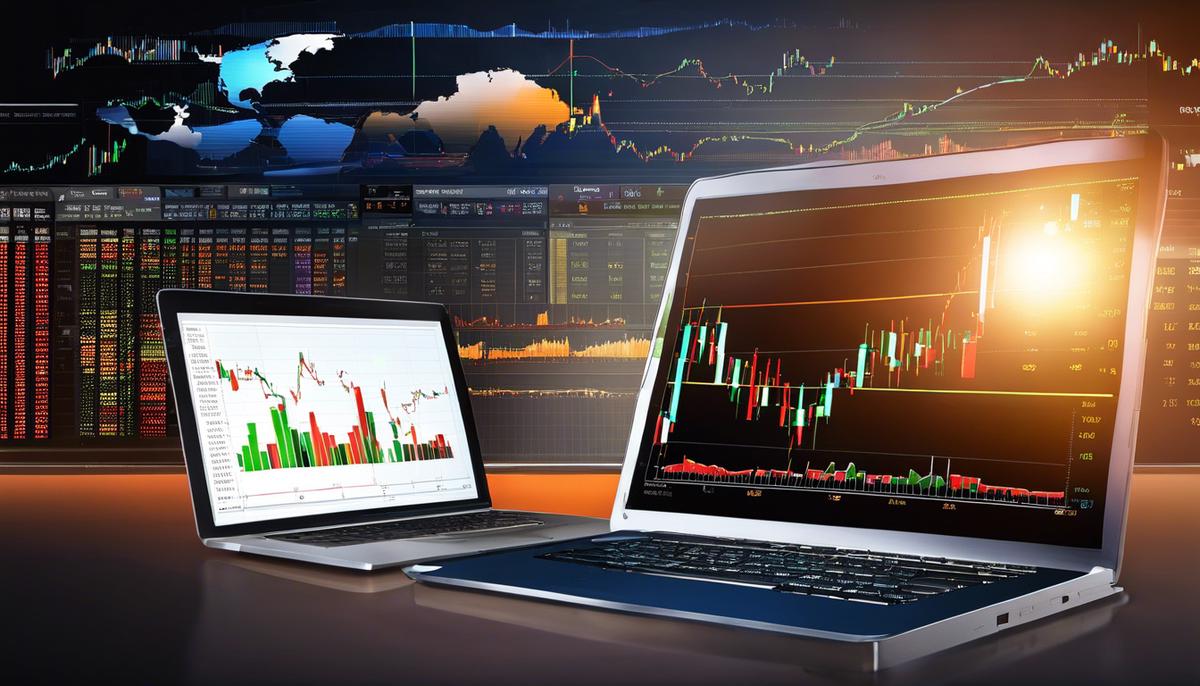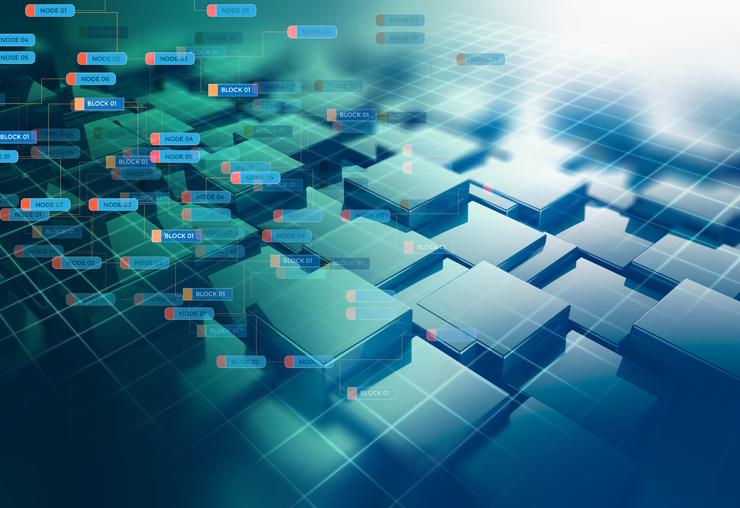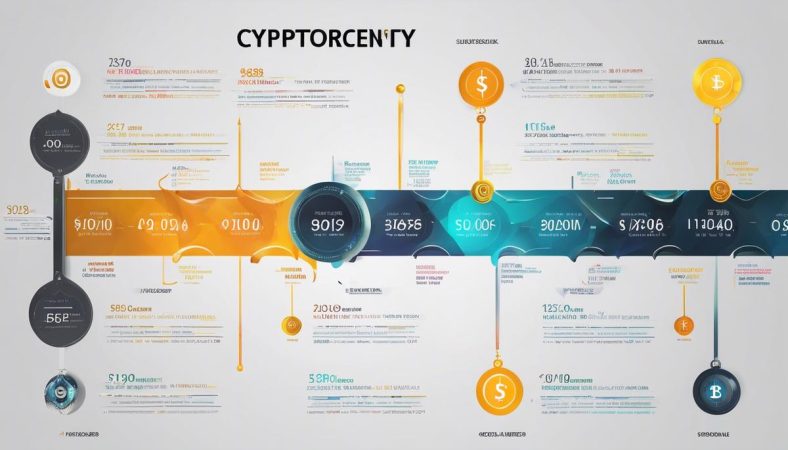In the dynamic and complex world of finance, remote proprietary trading has established itself as a distinctive niche which offers an intriguing blend of flexibility and potential for substantial returns. Utilizing the financial resources of an institution to trade while being geographically independent, it presents a unique avenue for aspiring and established traders alike. However, like every financial endeavor, it carries certain risks and challenges that need to be considered and handled with care. This comprehensive review delineates the fundamentals of remote proprietary trading, its advantages as well as the challenges that come along with it. Moreover, it paves the way towards robust risk management strategies and explores the exciting future trends in this realm.
Basics and Advantages of Remote Proprietary Trading
Headline: Unleashing Digital Freedom: The Power of Remote Proprietary Trading
Dive right into Wall Street without even leaving your living room. That’s the beauty of remote proprietary trading – a game-changing revolution in the world of finance. Trading, once confined to bustling financial districts and crowd-filled stock exchange arenas, can now be conducted from behind a laptop screen. Now more than ever, talented traders can break the geography barrier and tap into global markets effortlessly. But what makes proprietary trading desirable and lucrative?
It’s all about scale and leverage. With remote proprietary trading, one gets access to considerably more capital than their personal account can offer. Trading firms deploy large capital volumes, giving their remote traders the ability to make larger, higher impact trades. Akin to wielding a sword with two hands, leverage amplifies trading efficiency and potential profits.
Think about this: The most successful businesses today – Amazon, Google, Facebook – all stand on the shoulders of extensive networks and vast resources. This scale empowers them beyond their immediate capabilities, granting them an immense competitive advantage. The same logic applies to remote proprietary trading, where big firm backing accrues substantial benefits.
The key lies in adopting a reward-driven model. Remote proprietary traders essentially get paid for their prowess. The better their trading performance, the higher the percentage of profits they earn. It’s capitalism in its purest form – the ones who possess the necessary skills rise to the top. If that doesn’t spell motivation, what does?
Moreover, risk is significantly diffused. Professional traders are backed by firms that shoulder a significant percent of losses. So, while the rewards stack high for successful trades, the losses don’t dig deep into individual pockets. This creates an environment encouraging calculated risk-taking leading to innovation.
Critically though, remote proprietary trading cannot be discussed without underscoring the immense work flexibility it offers. Traditional trading can keep one shackled to a specific location, but the remote aspect lets talent bloom anywhere. Are you currently in Tokyo but want to tap into European markets? It’s never been easier. The world is increasingly interconnected, and remote proprietary trading strides boldly towards this limitless horizon.
Utilizing swift, sophisticated trading platforms is another distinct advantage of remote proprietary trading. It’s egalitarianism personified; the new trader has access to the same technology tools and information as an industry veteran. These tech capabilities don’t just level the playing field — they substantively expand it.
However, one cannot wade into remote proprietary trading waters without acknowledging the potential risks. There’s always a level of uncertainty in trading ventures and care must be taken to not overextend oneself. As with any business, due diligence, combined with continuous learning and a steadfast resilience, forms the foundation of success.
Remote proprietary trading stands as a vanguard innovation, reshaping our understanding of global finance. By bringing together the prowess of talented individuals and the extensive capital backing of trading powerhouses, this fusion creates precipitous potential for profit, flexibility, and economic mobility. Welcome to tomorrow’s trading landscape, built by the voices of today.

Photo by jkakaroto on Unsplash
Challenges and Risks of Remote Proprietary Trading
Remote proprietary trading is indubitably a crucial player in today’s financial landscape. Its transformative potential has reshaped finance, providing fertile grounds for traders to harness their potential and reap substantial profits. Recognizing its advantages, numerous individuals are stepping into the challenging yet rewarding world of remote proprietary trading. Yet, it is crucial to dissect and navigate the underlying challenges and risks associated with remote proprietary trading, and understand how they could impact the traders involved in this dynamic arena.
Among the prevalent challenges is the heightened demand for financial discipline. Remote proprietary traders must maintain acute financial acuity to monitor their positions and guard against downside risk. This requires not just comprehensive knowledge of market trends, but also the discipline to cut costs and adhere to a strict budget. The absence of financial discipline stands as a dominant risk factor in remote proprietary trading.
Apart from financial discipline, technological competency is a key hurdle. The sophisticated platforms used for trading require not only a basic understanding of how they operate, but also the savvy to leverage their advanced features. Failing this, traders may find themselves at a disadvantage, unable to capitalize on the powerful tools at their disposal.
Security remains another significant area of concern. With remote trading, the cyber risk exposure is substantially increased due to reliance on internet connectivity and electronic platforms. Cyberattacks disrupting operations, data theft, or identity fraud are risks that traders need to be vigilant about, and must ensure they have robust cybersecurity measures in place.
Moreover, emotion management is a challenge which traders cannot afford to overlook. The waves of the financial market can stir a storm of emotions which, if not managed well, can cloud the vision and judgement of a trader. Emotional resilience is paramount, and traders must possess a spirit of equanimity to navigate wave after wave of highs and lows.
Lastly, regulatory risks are inherent in remote proprietary trading. This form of trading, still being a newer dynamic, may face additional scrutiny from local or international authorities as they adjust their regulations to cope with this innovative trade model. This could impact traders who may face sudden and unexpected changes to rules and trade laws.
Understanding these challenges and risks is not intended to discourage new traders. In fact, it reiterates the importance of diligence, continuous education, and resilience, as introduced previously. Managing these challenges not only helps safeguard traders’ assets but also equips them with the necessary skills to undertake successful trading ventures. Just as a sailor doesn’t learn to navigate in calm waters, a trader becomes seasoned by getting through choppy financial seas. Tackling these challenges head-on can convert them into opportunities, forging a dynamic and resilient trader, ready to conquer the future of finance. In doing so, remote proprietary traders add to their arsenal, becoming robust and adaptable catalysts within the immense global financial arena. The future waits with open arms – it is up to the traders to seize it.

Managing Risks in Remote Proprietary Trading
Addressing the Hurdles of Remote Proprietary Trading Effectively
The exhilarating world of remote proprietary trading comes with a multitude of promises and potential. Yet beyond those apparent rewards lie an equally proportional number of risks and challenges. But fret not, for every challenge presents innovative solutions. Here, we delve into smart ways of effectively managing those hurdles.
When it comes to proprietary trading, financial discipline reigns supreme as an essential safeguard against unpredictable market fluctuations. In order to maintain a firm grip on the risk-reward balance, traders must consistently monitor their positions, making informed decisions to mitigate downside risk.
Equally significant is a trader’s proficiency at harnessing the power of technology. With digitally powered trading platforms at the heart of remote trading, understanding the operative nuances of these advanced platforms is key to trading success. This necessitates not just a one-time learning, instead, it calls for a commitment to continual education—keeping up with technological advances that continue to shape and reshape the trading landscape.
While technology progresses, so does risk. Remote trading corresponds to an increased exposure to cyber threats—a harsh reality for digital business environments. So, how does one counteract this escalating risk? Through persistent vigilance and robust cybersecurity measures, it’s possible to safeguard against cyber criminals aiming to exploit vulnerabilities.
Just as significant is the need to manage emotions. The financial market has its own rhythm with high and lows—excitement and thrill at one end, stress and frustration at the other. Developing the capability to manage these fluctuations of emotion and not become a slave to them is instrumental in ensuring consistent performance in the trading arena.
Separately, regulatory risks stand as a significant hurdle. With laws governing trades continually changing, remaining compliant isn’t just a prerequisite but a crucial aspect to secure the longevity of one’s trading activities. Keeping updated with and conforming to all legal transformations is the most straightforward approach to dispel these risks.
Lastly, but certainly not least, the road to becoming a successful trader is a marathon, not a sprint. It mandates patience, resilience, and an appetite for learning regularly. See each challenge faced, every mistake made, and every lesson learnt in the trading journey as another step closer to success.
In the end, remote proprietary traders serve as vital catalysts, accelerating the financial ecosystem’s tempo by their ability to adapt. By combating risks and embracing the hurdles—the journey might be bumpy, the destination, however—brings promises of flexibility, profit and a rewarding career in the dynamic world of proprietary trading. So, strap up, stay observant, remain adaptable, and ride the rollercoaster of remote proprietary trading. The journey is worthwhile!

Future Trends in Remote Proprietary Trading
Delving into Future Possibilities for Remote Proprietary Trading
The momentum of remote proprietary trading is increasingly gaining pace, presenting opportunities and challenges. While the past has already underscored its disruptive potential in finance, the future is ripe for exploring what lies ahead.
Emerging technological advancements will undoubtedly continue to streamline remote proprietary trading. AI-driven trading systems are of particular relevance. These systems are expected to be complex and dynamic, capable of analyzing an array of market variables to predict trends more accurately. The increased use of artificial intelligence and machine learning promises to further enhance decision-making capabilities, create efficient trade execution strategies, and lead to improved portfolio management.
Next, is the rising prominence of cryptocurrencies and their integration into remote trading systems. As digital currencies continue gaining mainstream acceptance, proprietary trading platforms that cater to this demand will thrive. Traders who successfully navigate the volatile cryptocurrency space will have an edge in this competitive market.
The expansion of the fintech industry also underpins the likely robustness of the remote proprietary trading growth curve. Smart contracts, blockchain technology, and decentralized finance (DeFi) are potent forces that could reshape proprietary trading processes and create new trading opportunities.
However, it bears emphasizing the challenges associated with these advancements. Increased automation and integration of AI systems invite more cyber threats. Mitigating these risks demands robust cyber-risk management strategies to ensure the integrity and smooth operation of trading platforms.
Further, regulatory oversight may come to bear more profoundly, signifying shifts in trading laws and norms. The cross-border nature of remote trading could culminate in diverse regulatory obligations as jurisdictions adapt their regulations to the evolving financial landscape.
The workforce will become increasingly global, requiring companies to develop inclusive cultural practices and foster effective remote working environments. This diversity could lead to more innovative trading strategies, tapping into market trends across the globe.
LastlMpC9ACB-TxSE4iglhqmI6JeoflUw41GX_bLpzATsMJliy3JM_i8OedQoHqhrm07Elr7GS HFXwj5e3MedJ0waSjMjW2QRGmjjHchufkISRugHJjT1EFqYXY_b8W8sBLUt243dVQ0 MM-B40PdQiyi2fjS9G-7WDXQ3iFSUJiOrMVqZ5Bm_LGffO26wrltzO9cdG a9vTIQCmOazhHikN8NWYTGtHqXxYyHZuFgV5EgBPZwuA7vQB- environmental, social, and governance (ESG) factors are becoming a juggernaut in the finance world. The ripple effects of ESG may impact the selection of investments in remote proprietary trading. Savvy traders will need to adapt to these changes, reflecting a more conscientious mode of investing.
In conclusion, remote proprietary trading is set to traverse an exciting trajectory, powered by advancements in technology, regulatory shifts, and changing market dynamics. To thrive amidst these changes, traders will need to remain adaptable, poised to transform challenges into opportunities, and continue to revolutionize the landscape of global finance.

As we maneuver through the nexus of remote proprietary trading, it is evident that its benefits outweigh the challenges if navigated with discipline and acumen. The freedom from geographical constraints, reduced operational expenses, and the potential for bigger profits are undeniable advantages. Nevertheless, the risks of inconsistency due to lack of physical supervision, possible technical glitches, and isolation cannot be overlooked. Key to surviving and thriving in this domain is the ability to manage risks and maintain discipline. With relentless technological advancements unfolding, the future of remote proprietary trading holds immense promise redefining the way we perceive and practice trading. Embracing change and adapting to evolving market dynamics will be instrumental in capitalizing on this opportunity.










